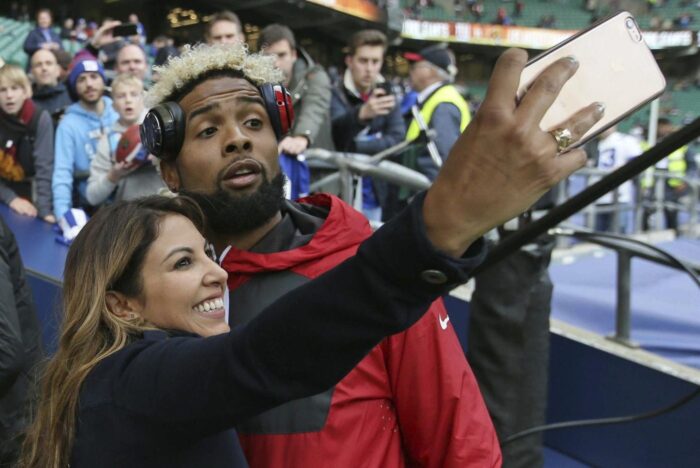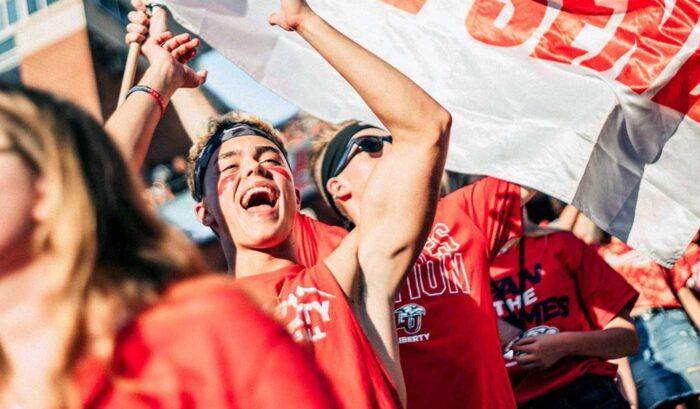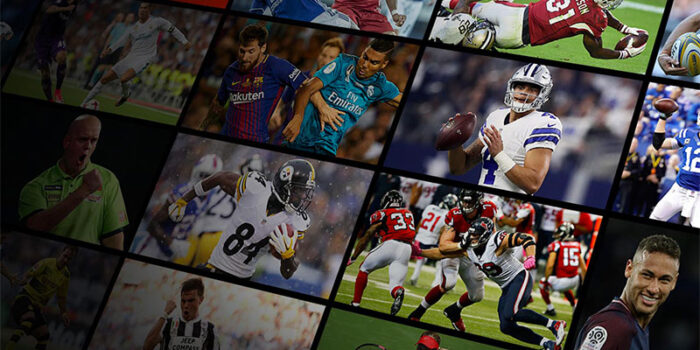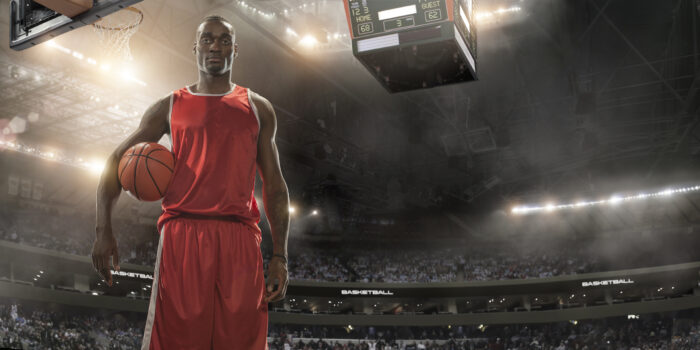
Social media has revolutionized the way we consume and interact with sports news. Gone are the days when fans had to rely solely on traditional media outlets for updates on their favorite teams and athletes.
With the rise of platforms like Twitter, Facebook, and Instagram, sports news now spreads like wildfire, reaching millions of fans in an instant. It is also easier to bet on sports because of these websites. This instantaneous sharing of sports news has transformed the landscape of journalism, giving rise to new possibilities and challenges.
Influence on Traditional Coverage

The rise of online media platforms has not only impacted how sports news is disseminated but also how it is covered by traditional media outlets. Journalists now rely heavily on them to gather information, monitor reactions, and gauge public sentiment. They often cite tweets, Instagram posts, and Facebook comments in their reports, using them as a barometer of public opinion. This integration of popular sites into traditional media coverage has created a symbiotic relationship between the two.
Social media has given rise to a new breed of journalists: influencers. These individuals have amassed a large following by providing their own analysis, commentary, and breaking news on their profiles. Their influence has disrupted the traditional hierarchy of sports journalism, blurring the lines between professional journalists and fan commentators. This democratization of sports news has given fans a voice and has challenged the traditional gatekeepers of sporting journalism.
Citizen Journalism and Fan Reporting
One of the most significant impacts of social media on sports news is the rise of citizen journalism and fan reporting. Fans now have the power to capture and share sport-related content in real-time. From capturing a spectacular goal on their smartphones to live-streaming a game from the stands, fans have become active participants in the news ecosystem. This has democratized the coverage of events, providing a fresh and diverse perspective that complements traditional coverage.
Social media platforms have also given rise to fan-driven initiatives such as fan blogs, podcasts, and YouTube channels, where fans can share their opinions, analysis, and predictions. These platforms have become an alternative source of sports news and commentary, attracting a loyal following of like-minded fans. While traditional media outlets still hold a significant influence, the rise of fan reporting has expanded the discourse around sports, creating a vibrant and diverse community of voices.
Athlete-Fan Interaction and Engagement

Socials have transformed the relationship between athletes and their fans. Platforms like Twitter and Instagram allow athletes to connect directly with their followers, sharing behind-the-scenes glimpses into their lives, and engaging in real-time conversations. This direct interaction has humanized athletes, making them more relatable and accessible to fans. Athletes can now leverage their social media presence to build personal brands, attract sponsorship deals, and engage with their fan base on a whole new level.
The impact of athlete-fan interaction extends beyond mere engagement. Athletes can use social media platforms to champion causes, raise awareness about issues, and inspire change. They can amplify their voices and influence beyond the sports arena, becoming ambassadors for society changes. Platforms have given athletes a place to express their opinions and connect with fans in meaningful ways, transcending the traditional boundaries of news and inspiring a sense of community.
Amplification of Controversies
While internet platforms have provided positive athlete-fan interactions, it has also amplified sports controversies. Controversial incidents on and off the field spread like wildfire on these sites, often leading to intense debates and public backlash. They provide a space for fans to express their opinions and emotions, which can sometimes escalate into online harassment and abuse.
The rapid spread of controversial incidents on social media can shape the narrative around an athlete or a team, often overshadowing their achievements and creating a lasting impact on their personal image. Sports controversies that would have once been confined to a limited audience now have the potential to go viral, making it increasingly challenging for athletes and teams to control their own narratives.
Real-Time Updates and Live Streaming

Another significant impact of social platforms on sports news is the real-time updates and live streaming capabilities. Social media platforms have become an integral part of the live sports experience, allowing fans to follow games, matches, and tournaments in real-time, even if they cannot be physically present. This real-time engagement enhances the sense of community among fans, fostering a shared experience that transcends geographical boundaries.
Platforms like Twitter have also become the go-to source for live commentary and analysis during sporting events. Fans can join in conversations, share their thoughts, and react to the action as it unfolds. This real-time interaction not only enhances the fan experience but also influences the broader narrative around the game. Social media has transformed sports news into a participatory experience, where fans play an active role in shaping the discourse.
Fan Communities and Online Discussions
Social media platforms have given rise to vibrant fan communities and online discussions around sports. Fans can connect with like-minded individuals, share their passion, and engage in conversations about their favorite teams and athletes. These online communities provide a sense of belonging and camaraderie, transcending geographical boundaries and bringing fans from around the world together.
The power of these fan communities extends beyond mere conversations. Social media platforms have become a hub for fan-driven initiatives such as crowdfunding campaigns, fan art, and virtual watch parties. Fans can rally together to support their favorite teams and athletes, creating a sense of unity and solidarity. These communities have become an essential part of the sports news ecosystem, fostering a collective voice that can influence the broader narrative.
Athlete Branding and Personal Image

Social media has become a powerful tool for athlete branding and personal image management. Athletes can curate their social media presence to shape public perception, establish their personal brand, and attract endorsement deals. They can showcase their skills, personality, and off-field activities, giving fans a glimpse into their lives beyond the sports arena.
However, the cultivation of personal brands comes with its own challenges. Athletes must navigate the fine line between authenticity and marketability, balancing personal expression with the expectations of sponsors and fans. The scrutiny of social media can also amplify any missteps or controversies, potentially tarnishing an athlete’s reputation. Athletes must carefully manage their social media presence to ensure they project the desired image and protect their personal brand.
Summary
It’s clear to see that social media has taken over the way we consume sports news and content. Social media platforms have become an essential part of the fan experience by allowing fans to engage in conversations, share their opinions, and promote events. However, it is imperative that we remain aware of how these digital platforms shape our narrative when it comes to talking about sports – be it through discussing players or sharing stats – as this will help us ensure accuracy in our conversations and protect us from being misled.
















